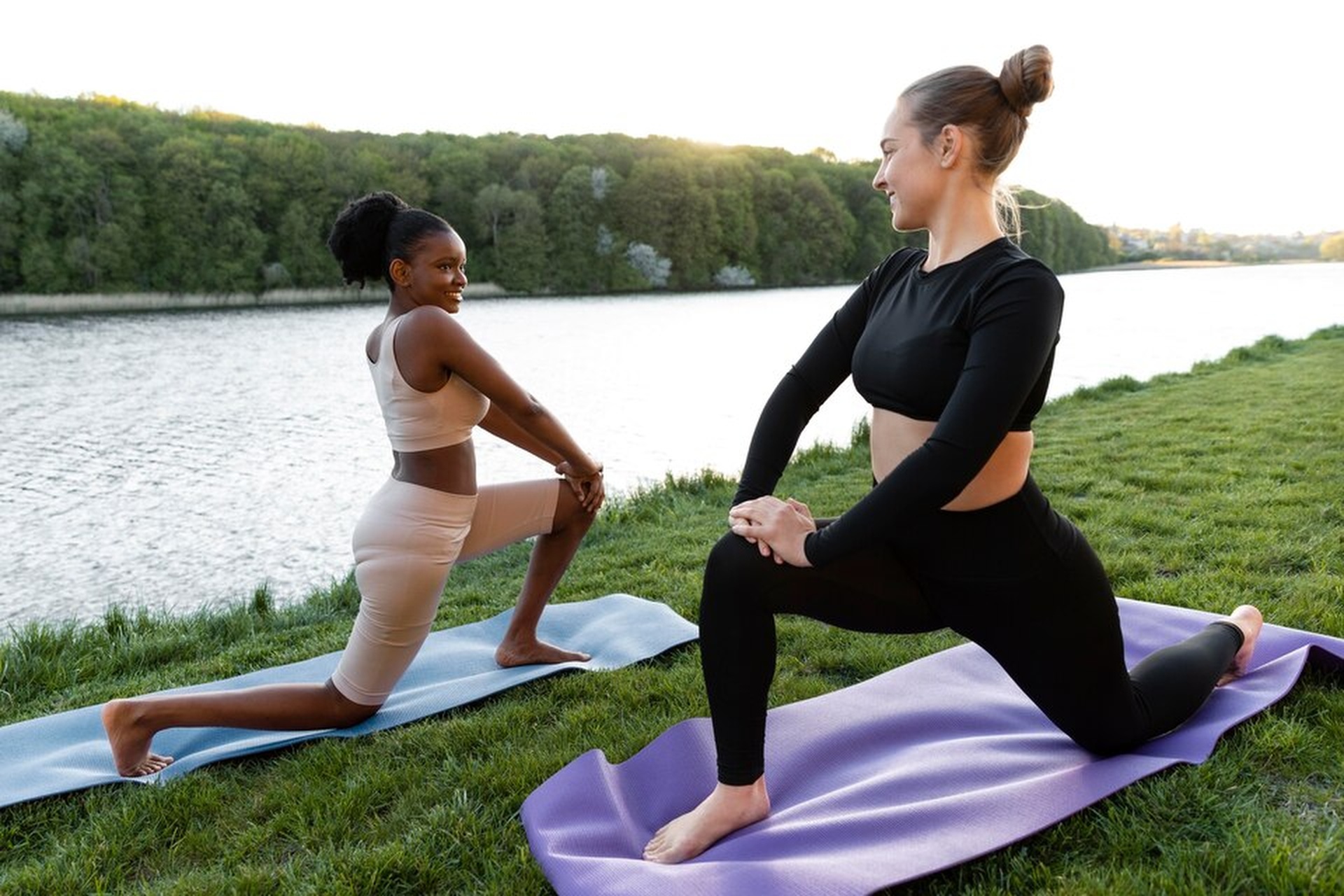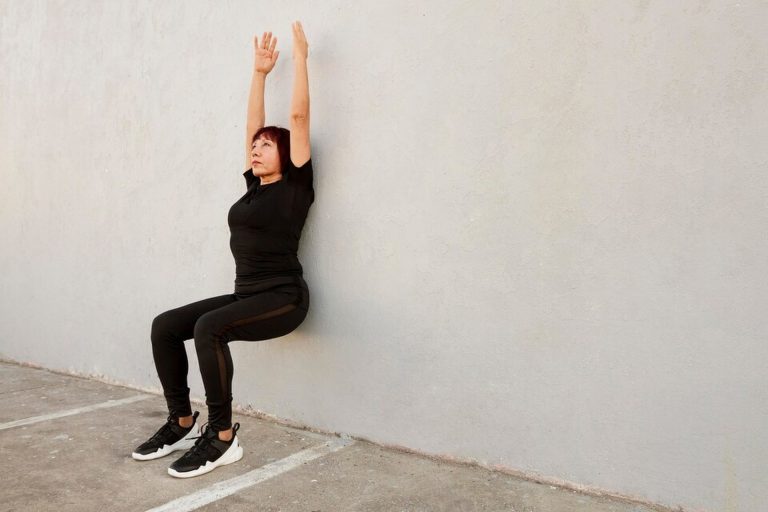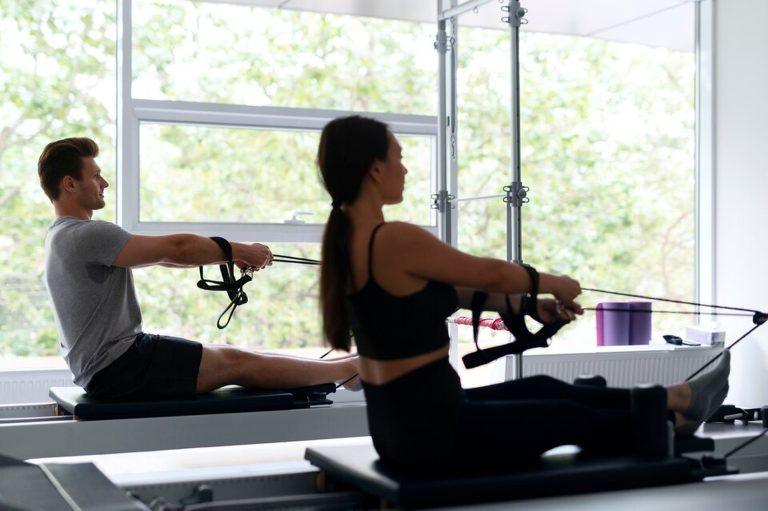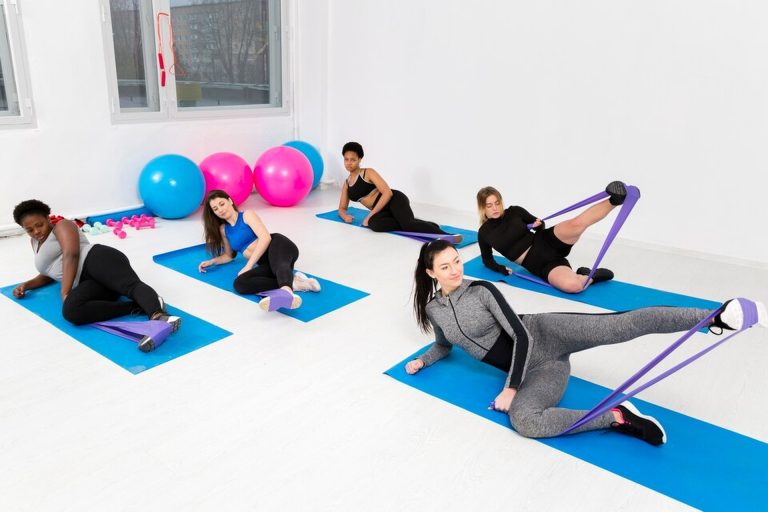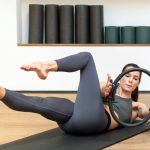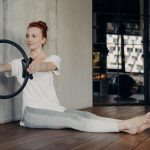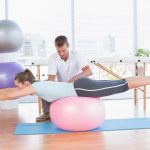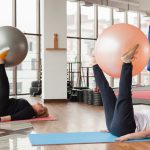Did you know that almost seventy out of a hundred runners will get hurt each year from running every week on roads. What if using Pilates can fix that problem using slow and simple moves? Many runners look only at speed and how many kilometres they run each day. They forget to make their bodies strong, flexible, and fit from the inside. We will explain why Pilates is a smart idea for runners who want to stay away from pain and run for a long time. It helps with better body movements, fewer injuries, and better posture.
Why Runners Need Pilates For Longevity And Performance
The Biomechanical Demands Of Running
Running puts lots of pressure on the knees, ankles, and back, and this happens again and again with each step. You need a good balance of your muscles, and your bones need to stay lined up correctly, too.
If your running style is not perfect, you can get hurt in places like your shins, feet, or the side of your legs, maybe. This happens when the body tries to work too hard in ways it should not.
Pilates Addresses The Root Causes Of Injury
Pilates helps build a strong middle in your body to help keep your back straight when running. This stops other parts of the body from doing extra effort to keep you straight.
Doing Pilates also makes your hips and back move better and better. This way you do not feel tight inside, and less chance of hurting something small.
Enhancing Neuromuscular Coordination
Pilates moves are done slow and with a lot of control, and you must breathe with them always while doing them. This builds focus and reduces mistakes while running fast.
A big study was done in twenty eighteen that showed that sports people who did Pilates two times weekly got much better balance and more strength in their stomach muscles. More than people who did not do anything
Takeaway: Making Pilates a part of your planning will help you move smarter, feel less tired, and stop those usual runner pains. You can enjoy your run every day for many years.
Top 5 Pilates Exercises Every Runner Should Know
- The Hundred: This move makes your inner core strong and helps your back not move too much when running fast
- Single Leg Stretch: It helps the tummy work while your leg lifts, and also helps your hips to stay steady
- Shoulder Bridge: Makes your lower back and backside strong and helps with rolling the lower back nicely
- Swimming: Helps with back bending and works the backside muscles, like shoulders and hips
- Side Leg Series: Targets the sides of the hips, which helps keep your knees safe and legs from turning wrong
Doing these five moves every week will help a runner run better. These are not hard to learn and can fit in twenty minutes each session. By doing regular practice, you can fix the way your body runs. Even small muscles get strong and support better moves.
Common Running Injuries Pilates Can Help Prevent
- Runner’s Knee: It works the hip sides and makes the knee stay in the centre by not rolling in or out
- Plantar Fasciitis: Helps your feet and toes move better, and the arch in your foot does not fall down
- Shin Splints: Stops your legs from rolling too much and still helps raise your toes smooth
- IT Band Syndrome: Loosen hips and build strong glutes to avoid leg pull across the side
- Low Back Pain: Keep pelvis in the middle and stomach active, so the spine stays straight.
Pilates teaches how you move every small part, not just the big ones. That helps stop small hurts from becoming bigger, sadly.
Do not wait to feel hurt before caring. Pilates early can make your body do its job the right way while running.
Core Stability: The Foundation Of Injury-free Running
Redefining The Core
Many think the stomach is the core, but many more things are actually there. Your inner body also has the breathing muscles, pelvic floor, and the deep inner stomach, which all must work together.
If only the outside muscles are strong, it will not last long. You need the inside core to know when to do work to keep your body safe.
Why Runners Need Core Control
Every step you take when running your middle needs to stay tight and still. If it moves too much, then other parts like the knees or lower back get tired fast.
With a good core, you do not swing side to side and save your energy. That helps you run long without getting tired too soon.
Pilates For Deep Core Activation
Pilates has moves like toe taps and pelvic lifts that wake up the small deep muscles. They make the body move to the right place.
One study showed that good runners who had a tight core did not go side to side like new runners. They also used less energy to run same speed.
Takeaway: The Core that works right helps the whole body feel happy and powerful. It keeps harm away and makes each run a joy run.
Flexibility Vs. Mobility: What Runners Get Wrong
The Difference Defined
Flexibility is how far you can pull a muscle without doing anything. Mobility means you can move that muscle far while still having power in it.
You can be bendy but still not run well if your joints are not strong during the moves. That is the problem.
Tight Areas That Comprise Running Form
Hamstring tightness can pull your back and mess your running foot landings, sadly. Calf and hip tightness make your steps short and not smooth. These areas hold extra tension in runners because of too much pounding and not enough joint move practice.
Pilates Improves Dynamic Mobility
Leg circles and spine roll-downs help joints open nice, but also make muscles learn to hold the move. This gives you both reach and a strong stronghold. A runner who added Pilates three times in one week felt the old back of leg tightness leave in a month and a half. Success comes from easy moves done often.
Integrating Pilates Into Your Running Routine
Choosing The Right Frequency
Try doing Pilates two or three times weekly if you run every day. When your run load is high, then pick lighter Pilates days to match it well. If you race or do tempo runs, adjust the Pilates to a low level. That will help heal, not overload the body more.
Mat Vs. Reformer: What’s Best?
Mat Pilates needs no machines and is good for most runners at home. Reformer is more fancy and gives feedback and challenges if you want extra. Either one will work if you use the right moves. But the Reformer might need to find a studio or trainer to guide them properly.
Programming Around Running
Do Pilates on rest or cross days. This is better than pushing it on run days, which makes the body too tired after. Or do the small, easy session before the hard run. This wakes up stabilisers and helps you run in correct form without delay. A marathon runner who tried this saw his soreness go down after the race by more than twenty. His body stayed strong through all the miles.
Conclusion
Pilates is not just a soft workout time it makes your core power better, your steps cleaner, and your runs pain-free. You feel in charge of every muscle and joint by doing smart moves. This is not only for injuries to heal fast it is for speed and good rhythm in your run. Runners who do Pilates feel less broken after long runs. When you run and do Pilates, both your body get the best benefits. You feel less tired; your pace becomes steady.

